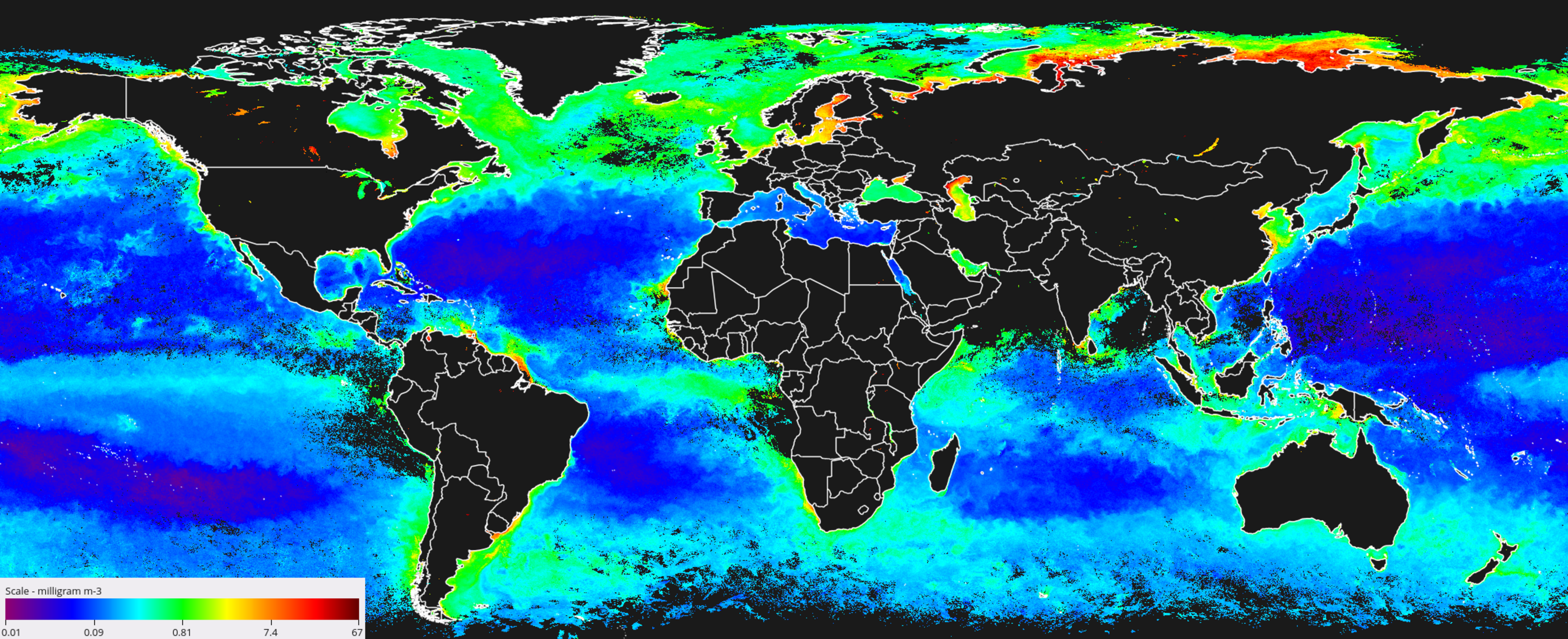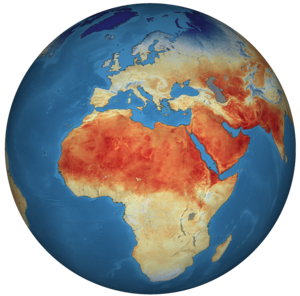Harnessing artificial intelligence for climate science
Over 700 Earth observation satellites are orbiting our planet, transmitting hundreds of terabytes of data to downlink stations every day. Processing and extracting useful information is a huge data challenge, with volumes rising quasi-exponentially.
And, it’s not just a problem of the data deluge: our climate system, and environmental processes more widely, work in complex and non-linear ways. Artificial intelligence and, in particular, machine learning is helping to meet these challenges, as the need for accurate knowledge about global climate change becomes more urgent.
ESA’s Climate Change Initiative provides the systematic information needed by the UN Framework Convention on Climate Change. By funding teams of scientists to create world-class accurate, long-term, datasets that characterise Earth’s changing climate system, the initiative is providing a whole-globe view.
Derived from satellites, these datasets cover 21 ‘essential climate variables’, from greenhouse gas concentrations to sea levels and the changing state of our polar ice sheets. Spanning four decades, these empirical records underpin the global climate models that help predict future change.
A book from 1984 – Künstliche Intelligenz by E.D. Schmitter – bears testimony to Carsten Brockmann’s long interest in artificial intelligence. Today he is applying this knowledge at an ever-increasing pace to his other interest, climate change.
“What was theoretical back then is now becoming best practice,” says Dr Brockmann who believes artificial intelligence has the power to address pressing challenges facing climate researchers.
Artificial intelligence algorithms – computer systems that learn and act in response to their environment – can improve detection rates in Earth observation. For example, it is common to use the ‘random forests’ algorithm, which uses a training dataset to learn to detect different land-cover types or areas burnt by wildfires. In machine learning, computer algorithms are trained, in the statistical sense, to split, sort and transform data to improve dataset classification, prediction, or pattern discovery.
Dr Brockmann says, “Connections between different variables in a dataset are caused by the underlying physics or chemistry, but if you tried to invert the mathematics, often too much is unknown, and so unsolvable.
“For humans it’s often hard to find connections or make predictions from these complex and nonlinear climate data.”
Artificial intelligence helps by building up connections automatically. Exposing the data to artificial intelligence methods enables the algorithms to ‘play’ with data and find statistical connections. These ‘convolutional neural network’ algorithms have the potential to resolve climate science problems that vary in space and time.
For example, in Climate Change Initiative scientists in the Aerosol project need to determine changes in reflected sunlight owing to the presence of dust, smoke and pollution in the atmosphere, called aerosol optical depth.
Thomas Popp, who is science leader for the project, thinks there could be further benefits by using artificial intelligence to retrieve additional aerosol parameters, such as their composition or absorption from several sensors at once. “I want to combine several different satellite instruments and do one retrieval. This would mean gathering aerosol measurements across visible, thermal and the ultraviolet spectral range, from sensors with different viewing angles.”
He says solving this as a big data problem could make these data automatically fit together and be consistent.
“Explainable artificial intelligence is another evolving area that could help unveil the physics or chemistry behind the data”, says Dr Brockmann, who is in the Climate Change Initiative’s Ocean Colour science team.
“In artificial intelligence, computer algorithms learn to deal with an input dataset to generate an output, but we don’t understand the hidden layers and connections in neural networks: the so-called black box.
“We can’t see what’s inside this black box, and even if we could, it wouldn’t tell us anything. In explainable artificial intelligence, techniques are being developed to shine a light into this black box to understand the physical connections.”
Dr Brockmann and Popp joined leading climate and artificial intelligence experts to explore how to fully exploit Earth observation data during ESA’s ɸ-week, which was held last week. Things have come a long way since Dr Brockmann bought his little book and he commented, “It was a very exciting week!”















 Germany
Germany
 Austria
Austria
 Belgium
Belgium
 Denmark
Denmark
 Spain
Spain
 Estonia
Estonia
 Finland
Finland
 France
France
 Greece
Greece
 Hungary
Hungary
 Ireland
Ireland
 Italy
Italy
 Luxembourg
Luxembourg
 Norway
Norway
 The Netherlands
The Netherlands
 Poland
Poland
 Portugal
Portugal
 Czechia
Czechia
 Romania
Romania
 United Kingdom
United Kingdom
 Slovenia
Slovenia
 Sweden
Sweden
 Switzerland
Switzerland


































